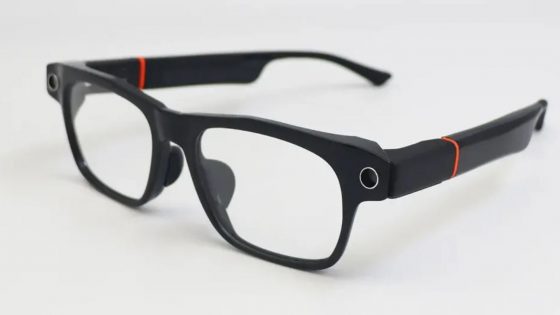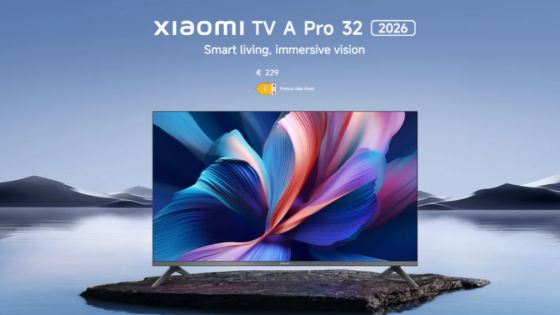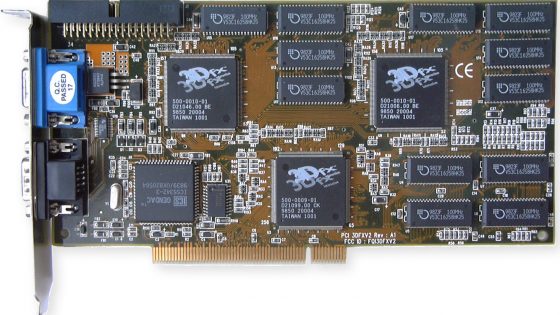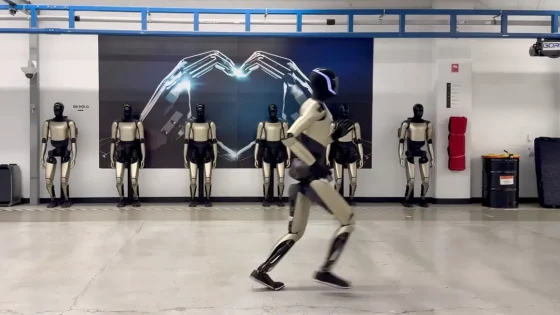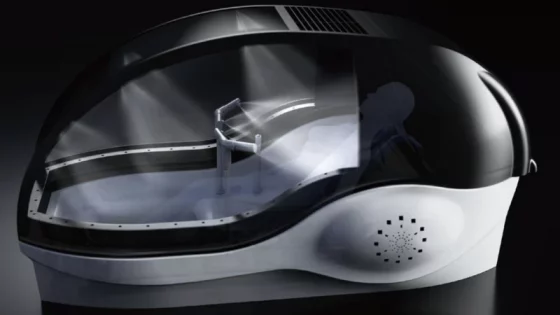The first time crystal that opens the door to new technologies

A team of physicists at the University of Colorado (CU Boulder) has created the first time crystal large enough to be seen with the naked eye. The breakthrough opens the door to new technologies and allows this unusual form of matter to become tangible for everyday use. The researchers used liquid crystals, the same material found in LCD screens, to achieve the feat.
First described theoretically in 2012 by Nobel laureate Frank Wilczek, time crystals represent an exotic phase of matter where particles remain in a constant, repetitive motion, even when at rest. It can be described as a clock that runs without a battery. Although scientists have previously created microscopic time crystals using quantum computers, this one from CU Boulder is the first to be directly observed.
Professor Ivan Smalyukh and his doctoral student Hanqing Zhao sandwiched liquid crystals between two glass plates coated with a dye. When illuminated with a special light, the dye molecules pressed against the liquid crystals, creating thousands of new “wrinkles.” These wrinkles began to move and interact in complex, repeating patterns that lasted for hours and remained unchanged despite changes in temperature.
The researchers propose two practical applications. The first is a “time watermark” on banknotes that reveals authentic patterns when illuminated. The second could be data storage by stacking different time crystals to create complex structures.










